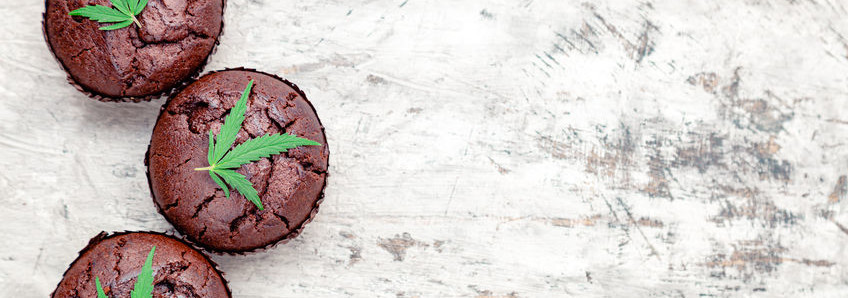
You may have noticed, but CBD seems to be popping up everywhere these days—from infused drinks, baked goods, and even dog treats. In fact, the global market has a revenue forecast of 23.6 billion by 2025.
What exactly is CBD?
It’s short for cannabidiol, one of the over 100 natural, active compounds in Cannabis Sativa L plants. Found in industrial hemp and marijuana, CBD does not have the psychoactive effects of tetrahydrocannabinol (THC). Industrial hemp, an ideal source, is legal in the US so long as THC levels remain at 0.3% or less. However, CBD is not yet approved by the FDA for commercial production of food products.
What about baking with it?
CBD and hemp extracts are popular for their wellness and medicinal benefits. Here are four things to keep in mind when formulating:
- Source: purchase from a reliable source and the purity must be known.
- Fat medium: it is fat soluble and should be mixed with the lipid components of the formula such as oil, butter or ghee. In some recipes, the fat medium may be substituted by a liquor like rum or vodka.
- Temperature: due to its heat sensitivity, this oil may be added after cooking to avoid oxidizing it.
- Serving size: it is important to accurately calculate the serving size and CBD oil dosing.
A general guideline for CBD oil dosing in baked goods:
| Baked good | Dosing / Serving | Level |
| Pancakes | 5 mg | Low |
| Muffin | 8-12 mg | Medium |
| Carrot Cake | 8-17 mg | Medium |
| Cinnamon Donuts | 25-42 mg | High |

